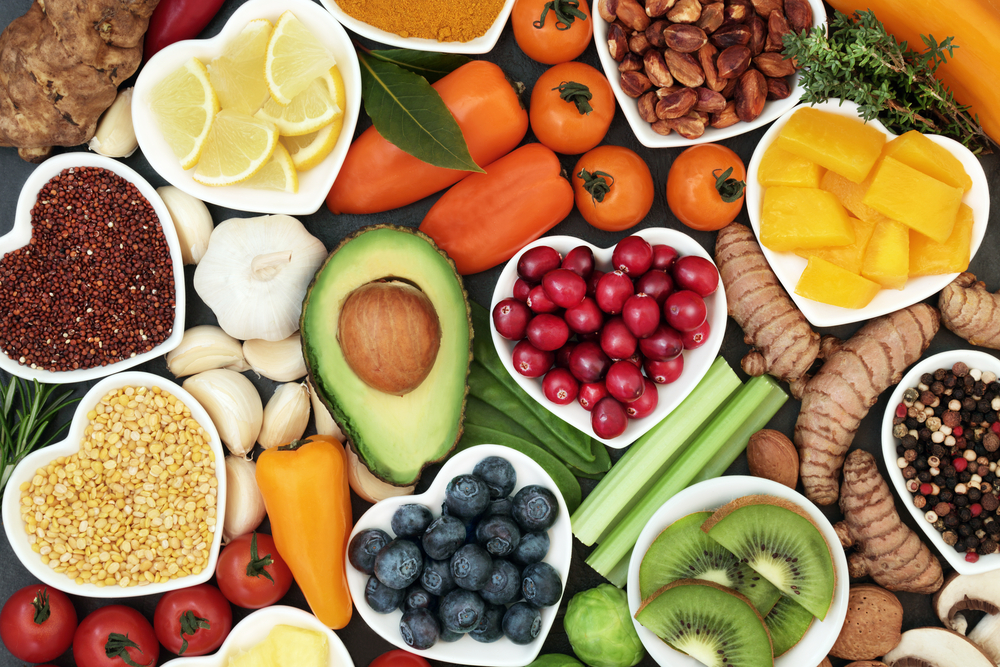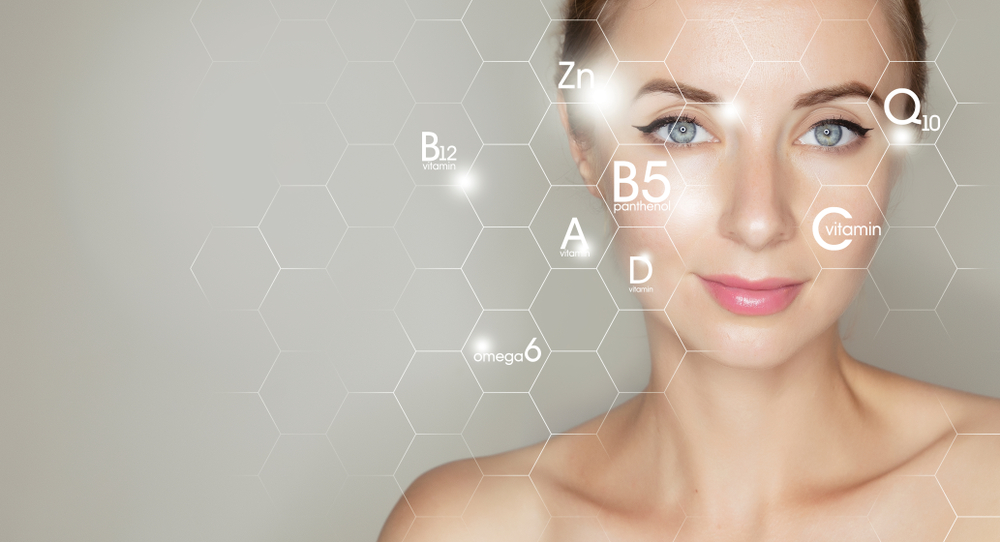The question is: what does the ORAC index mean? But before we answer that question, there is a little background on the definition of oxidative stress and its role in the immune and antioxidant system.
What is oxidative stress?
Oxidative stress or also called oxidative stress is a type of aggression to the constituents of the cell. This stress is caused by the presence of reactive oxygen species (or free radicals) and / or reactive oxygen and nitrogen species that penetrate the cell or are formed there.
These are unstable and cytotoxic molecules because they oxidise other molecules by stealing an electron, and they in turn become unstable. They can be radicals or not.
Free radicals or ROS (Reactive Oxygen Species) are unstable molecules that come directly from respiration. The production of these free radicals comes from about 2% of the inspired oxygen. This is a permanent physiological mechanism that is essential for life.
How does oxidative stress manifest itself?
When there is too much production of free radicals or when the defence capacities are insufficient, there is a risk of propagation of the same oxidative stress. To protect itself, the organism has endogenous protection systems, enzymatic complexes which are present in the mitochondria and cytosol of the cells.
When the diet is not rich in antioxidants, logically there is an increase in prolonged and uncontrolled oxidative stress with a cellular attack. The presence of free radicals in excess will attack several cellular structures, namely: carbohydrates, lipids, proteins, and even genetic information, the DNA structure.
This strongly favours carcinogenesis processes. In general, these oxidations are at the origin of the loss of functionality of the cells and the acceleration of their ageing.
What is the benefit of oxidative stress?
As nature is well made, the existence of oxidative stress still plays a beneficial role:
- Immune cells need it for example to fight infections, inflammation following an injury or for healing after surgery.
- Oxidative stress also conditions cellular adaptation to regular exercise and increased performance.
- As more oxygen is inspired, oxidative stress increases. As a result, the free radicals then produce cytokines, a substance that leads to an abundance of inflammatory reactions. Once the immune cells are gathered at the site of the inflammation, they will be able to clean up and repair the tissue damage.
What does the ORAC index mean?
ORAC stands for Oxegen Radical Absorbance Capacity. This index is used to determine the levels of antioxidants in a food.
How does the ORAC index work?
This is an average value calculated on a sample basis. It is considered on an outcome basis, depending on how the food is grown, stored and cooked. Variations can be significant for plants.
The principle is that if the ORAC index is high, it means that there are more antioxidants in the food. It has a generator that produces free radicals that are placed in a fluorescent probe.
The presence of radicals in the probe will decrease the intensity of its fluorescence. The addition of an antioxidant then absorbs the free radicals. It limits the damage to the probe and delays the decrease in fluorescence. The experiment continued until the antioxidant was exhausted.
The free radicals not destroyed by the antioxidants will continue to decrease the fluorescence of the probe. The reference antioxidant used for the measurements is Trolox. It is the abbreviation for 6-hydroxy-2,5,7,8-tetramethylchroman-2-carboxylic acid.
It is the synthetic analogue of vitamin E, soluble in water. Qualification is done by measuring the area under the curve of the tested sample with that of Trolox and the result is the ORAC index measured in µmol TE/100g food (TE: Trolox equivalent). 1 ORAC unit is equivalent to the net protection by 1 micromole of Trolox.
Be careful not to rely solely on the ORAC index to quantify the quality of antioxidants in plants. It happens that the ORAC index does not take into account certain antioxidants such as lutein, which is significantly involved in the prevention of AMD.
It is therefore possible that a plant can have a low ORAC index, but the indications of the quantities of antioxidants are interesting. Apart from specific situations such as intense activity, exposure to pollutants, UV, and medical treatment, etc. , the antioxidant status needs are estimated to be between 3000 and 5000 ORAC units per day.
In addition, there are other measures to quantify the antioxidant capacity of food samples or biological samples:
- TRAP: Total Radical-trapping Antioxidant Parameter. It is used to assess antioxidant activity by scavenging different radicals such as ROO peroxides
- FRAP: Ferric ion Reducing Antioxidant Power. It is used to measure the antioxidant capacity of foods according to their ability to reduce ferric ions to ferrous ions.
- TEAC: Trolox Equivalence Antioxidant Capacity. This method is based on the ability of a sample to inhibit the formation of the ABTS radical (ABTS-+) resulting from the reaction between the chemical compound ABTS (2,2′-azino-bis(3ethylbenz-thiazoline-6-sulfonic acid)) and potassium persulfate (K2S2O8). The ABTS-+ radical normally has a blue to green cast. The addition of antioxidant reduces the formation of this radical and causes the mixture to discolour, as measured by spectrophotometry.
What are the advantages and disadvantages of ORAC?
Advantage:
- It uses biologically relevant free radicals.
- The test is standardized and thus allows comparison of data between different laboratories.
- It incorporates both the degree and duration of the antioxidant reaction.
Drawbacks:
- Equipment is expensive
- Measurement is sensitive in pH


